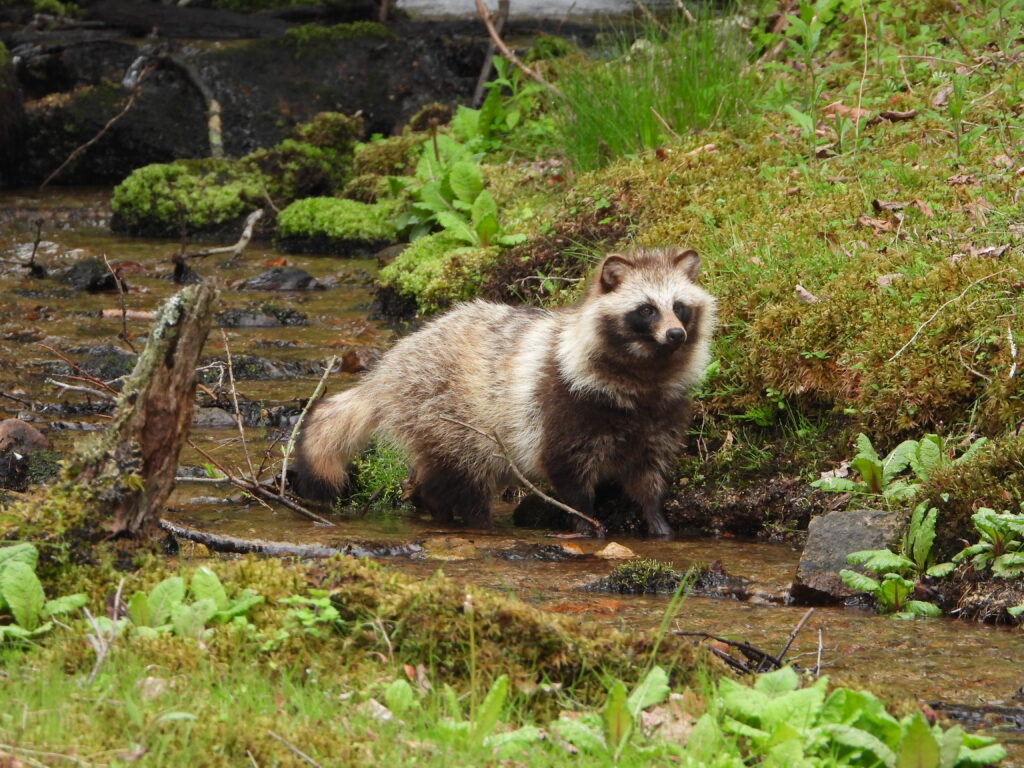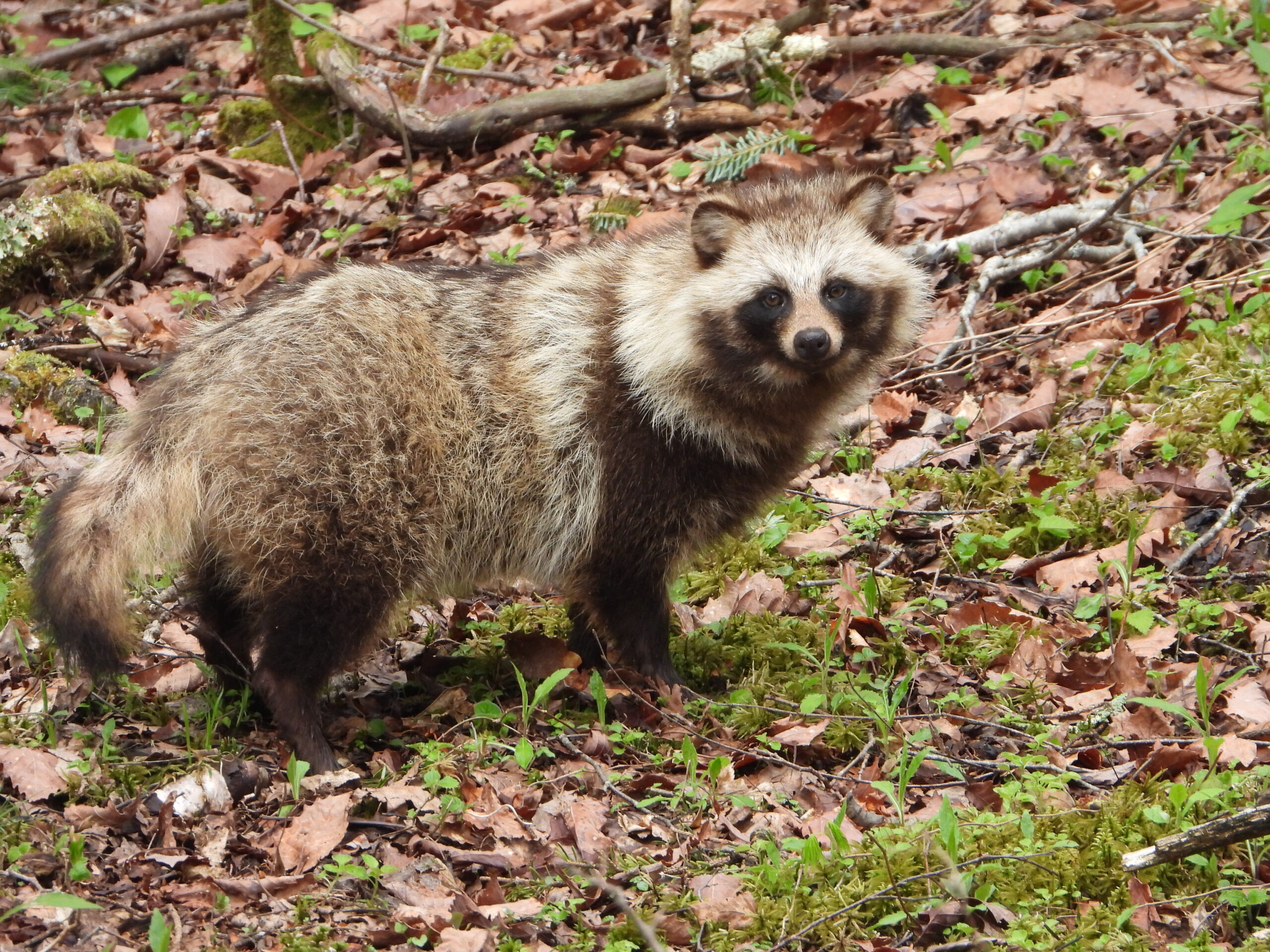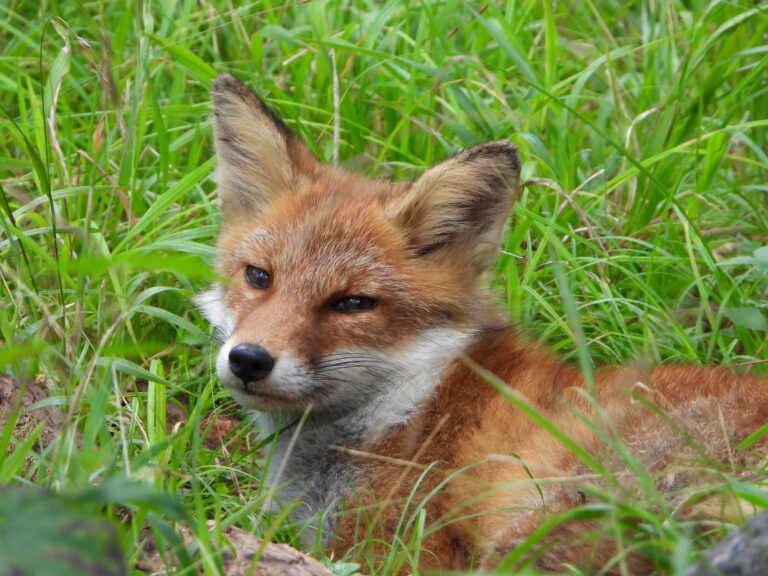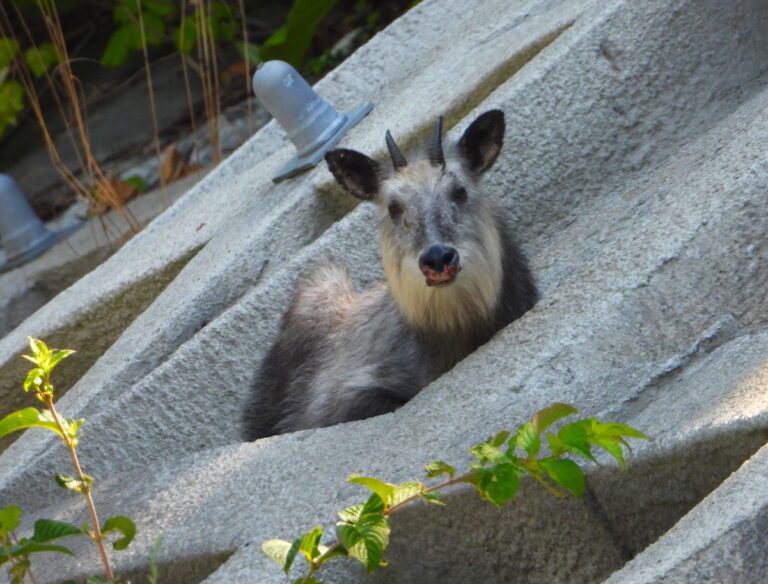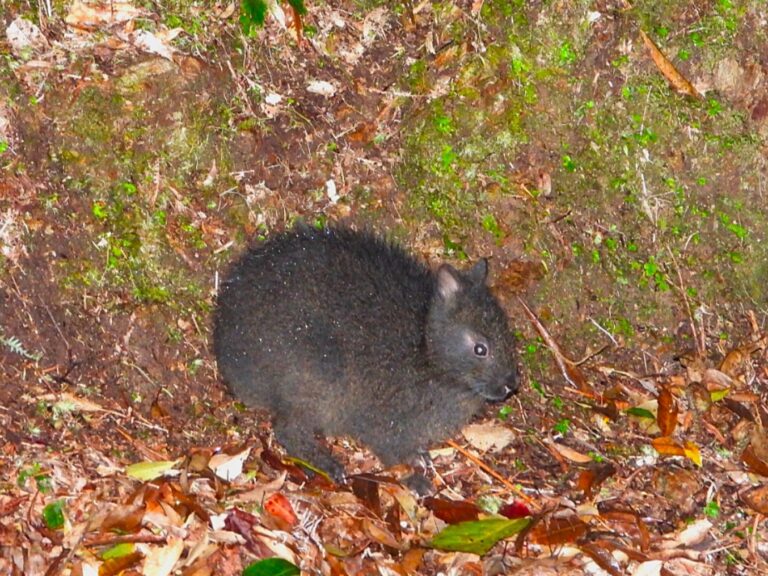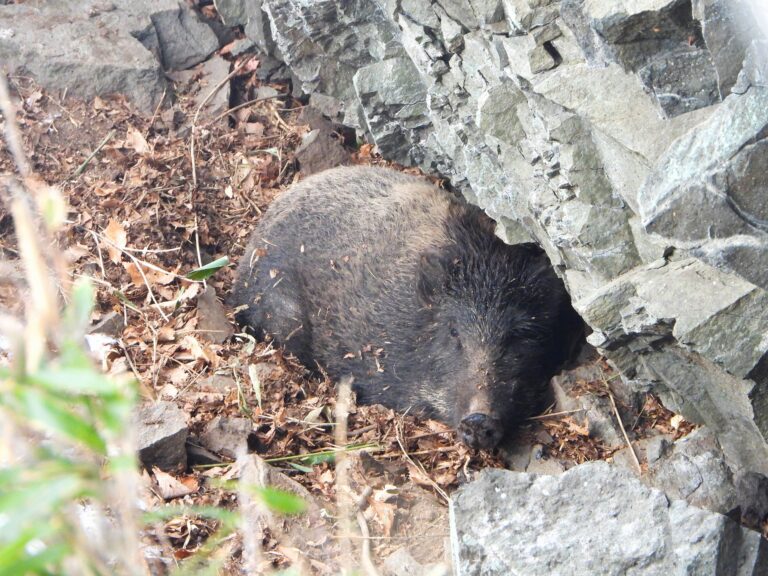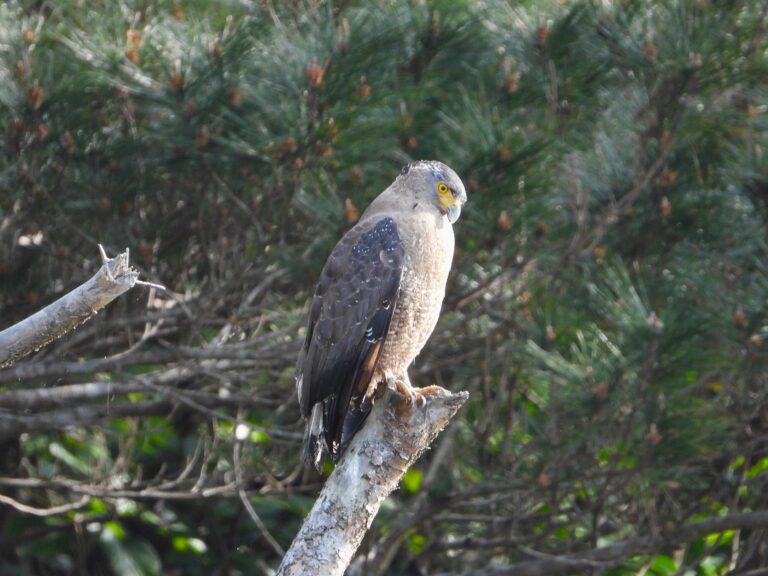Japanese Raccoon Dog (Nyctereutes viverrinus) – Wildlife of Japan
Introduction
The Japanese raccoon dog, widely known as the tanuki, is a small canid native to Japan. Many modern authorities now treat it as a distinct species, Nyctereutes viverrinus, while some organizations, including the IUCN, still list it as a subspecies of the common raccoon dog (N. procyonoides viverrinus). Either way, tanuki are quintessentially Japanese, familiar in the countryside and in popular culture.
Appearance
Tanuki are stocky, low-slung animals with short legs, thick fur, and a bushy tail. A dark bandit mask across the eyes is their signature feature and often causes confusion with raccoons, which are unrelated. Coat colors range from gray-brown to yellowish; the legs are darker and the muzzle paler. Seasonal molt makes summer individuals look slimmer and shorter-haired. Rounded ears and the masked face distinguish them from foxes.
Habitat
In Japan they occur widely across Honshu, Shikoku, and Kyushu; Hokkaido holds a closely related northern form known as the Ezo-tanuki (N. v. albus). Tanuki thrive in forest edges, satoyama mosaics, river corridors, farmland margins, and even green spaces near cities. There is no native population in Okinawa.
Behavior
Tanuki are mostly nocturnal and crepuscular and typically travel as pairs or small family groups. They communicate with low growls and cat-like grumbles. In colder regions they enter a shallow winter dormancy, reducing activity and metabolism rather than undergoing deep hibernation.
Diet
Tanuki are opportunistic omnivores whose diet shifts with the seasons. They consume fruits and seeds (persimmons, ginkgo nuts, wild berries), insects and earthworms, small mammals, amphibians, and carrion; along streams and rivers they may also catch fish. Long-term studies in and around Tokyo show that plant foods dominate in some seasons, while animal prey becomes more important in others.
From my own field observation, I once watched a tanuki catching fish in a river. I hadn’t associated them with that behavior, and it was surprising as well as impressive—an excellent example of their flexible foraging.
Reproduction
Tanuki are generally monogamous. Breeding occurs from late winter to early spring, and gestation lasts about nine weeks. Litters typically range from four to six pups, though larger litters occur. Both parents defend the den and care for the young; pups are weaned at around one month and remain with the family for several more weeks.
Conservation
Tanuki remain common and adaptable in Japan, but they face significant risks from human activity. Wildlife–vehicle collisions are a major cause of mortality, and outbreaks of sarcoptic mange have affected some populations. Measures that reduce roadkill and maintain connected green spaces are beneficial.
Author’s Impression
The tanuki I encountered was catching fish in a river—a scene that left me surprised and deeply moved. Beyond the field, tanuki appear frequently in Japanese stories, folklore, and animation, which makes them feel like a true symbol of Japan.
